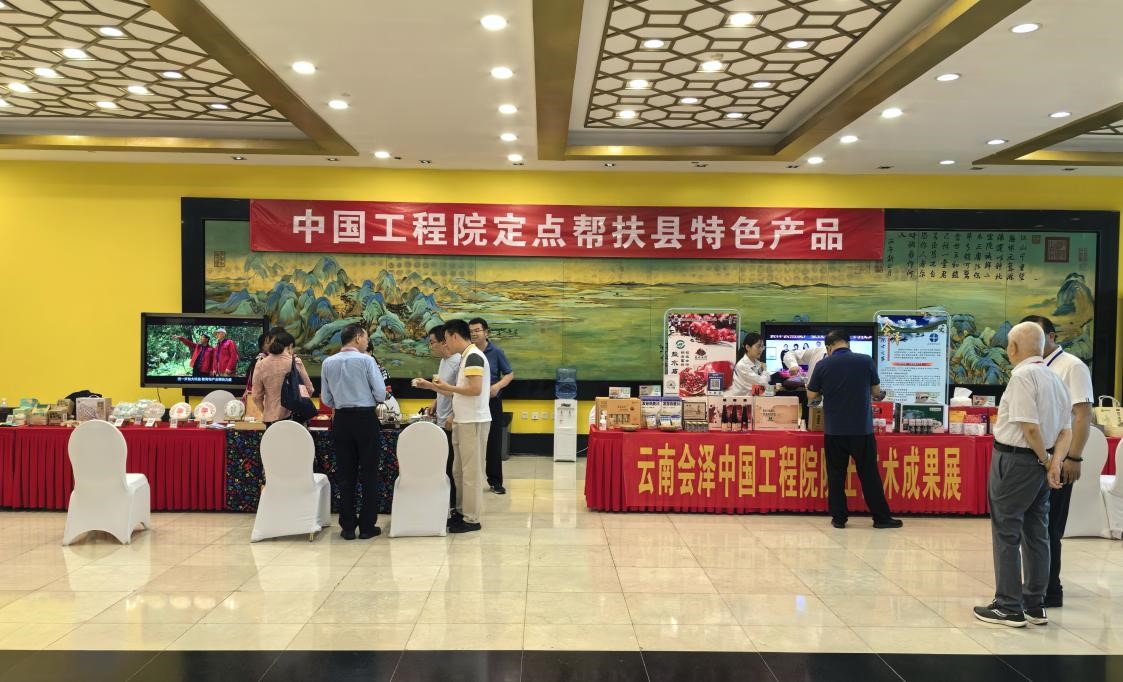One day after the National Assembly approved the Resolution Pilot some mechanisms, specific policy, Scientists expressed their trust, Add more faith, pursuing passion for research, innovation.
Prof. Lan shared, Scientists have been afraid to engage in new studies that create the foundation for creativity and development by the risk of scientific research.. She said, When the African pig cholera appears, Scientists of the Vietnam National University of Agriculture face many difficulties, Because this is an unprecedented disease. During the study of this disease, Sometimes the results are obtained, But sometimes it did not achieve initial expectations. If failed, They are not allowed to pay for the costs used for chemicals, Research and face the cost of refund.
“This is not only disadvantageous but also scientists who are afraid to pursue new and difficult problems, affect their research motivation”, Professor Lan told VnExpress.

Besides that, Many Vietnamese scientists are still trapped in administrative procedures when conducting research, Reduce creative motivation. The purchase of chemicals, Materials for experiments are still bound by the bidding process, Even if these products cannot be purchased according to the usual process. Can mention the hire of animals, land, Ponds or buy agricultural by -products to implement experimental activities, experiment. These services cannot register bidding on the national system.
In addition, it is difficult to contract to the final product, but the dossier of implementation is still a bidding, Payment as partially contracted. This also makes the scientists have a psychological research.
According to Lan to promote scientific research, Especially pioneering studies, It is necessary to have appropriate support policies. Scientists need to be facilitated to take risks without having to worry about financial consequences. This not only helps them to be more confident in pursuing new ideas but also contributes to creating scientific breakthroughs, benefit the whole society.
The resolution approved by the National Assembly will help the organization, Individual scientific research and technology development are exempted from civil liability when causing damage to the State if they have fulfilled the processes., regulations. At the same time, If the study did not achieve the expected results but the procedure was done, The host organization does not have to pay funds.
The resolution also determines the state budget to spend on scientific and technological tasks, Except for property procurement, Hire external services and foreign work. Expenses to the final product is applied when the organization chaired the commitment to the main quality criteria to be achieved.
Besides, the Resolution also gives autonomy to organizations in charge of science and technology tasks. Organizations in charge of performing the tasks are autonomous, Self -responsibility to decide the use of contracts; Adjusted spending content; decided to use funds from labor to hire domestic and foreign experts at the agreed fund level. The organization shall assume the prime responsibility for performing the tasks responsible for ensuring the use of funds for the right purpose, effective, saving; Ensure full invoice, vouchers and take responsibility for explanation when the authorities require.
Prof. Lan said, When the Resolution is implemented, The researchers will have the right to proactively adjust the content, The research method is as long as he still achieves the ultimate goal. This is an important step forward to help science and technology develop more flexibly and have many pioneering studies.
Opportunity to develop source technology
According to Prof. Dr. Nguyen Cuu Khoa, Former Director of the Institute of Applied Materials Science (Vietnam Academy of Science and Technology), There is a mechanism to accept risks, The delay in research will help promote scientists to develop source technology. This is the creation of core technologies, New technology, completely owned by Vietnamese people, Serving domestic socio -economic development needs.
Prof. Khoa said, Source technologies often keep the countries confidential, Very rarely transferred or sold outside to ensure their science and technology development. Therefore, Vietnam needs to develop national science and technology internal resources.
He said, Previously with a research topic must be more likely to succeed 80% Newly deployed because often the technologies are already available or not highly mutated. And the source technology development orientation, The scientific council will be very difficult to evaluate or not implement due to high risk. However with, “Resolution 57 and the new resolution was approved by the National Assembly, The scientific council will have a basis for more assertiveness in assessing source technology research topics”, Mr. Khoa said.
Assoc.Prof.Dr. Nguyen Ngoc Lam, Ho Chi Minh City Automation Association proposed source technologies related to high -speed railway, High security domestic telecommunication network, semiconductor chip, Create new plant varieties… Vietnam needs to own.
According to Mr. Lam, These studies may not achieve final results but can create some basic platforms for development., There are local products, There are published works, building a laboratory and a team of good experts. These studies have branch applications and even if the negative results can still be considered for risk factors and are exempted from responsibility..

Researching the field of semiconductor circuits at the Research Center deployed, Ho Chi Minh City Cao Cao Cong area 2024. Image: Quynh Tran
He said, The evaluation of a project with risk forecasts and resolution options requires a sufficient vision council, Experience participating in evaluation as well as monitoring the process of performing tasks.
According to Assoc., The Council needs at least three experts operating in the field of tasks. The selection of experts needs to be based on scientific background according to the vision criteria, Experience and are conducting studies in this field in recent years. Besides, The other members of the Council are representatives of related fields. For large projects (from 15-20 billion or more), The number of specialized experts should be strengthened to five people. The establishment of the appraisal council is responsible for the conformity of the Council. When doing these things, Assoc..
Nhat Minh – Ha An
Theo vnexpress.net

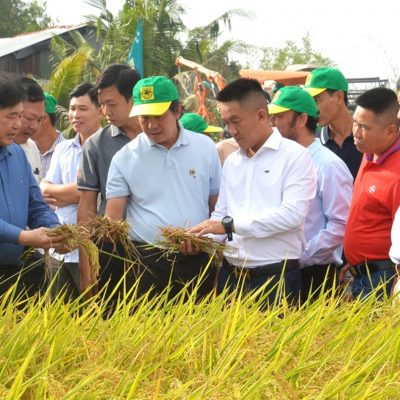

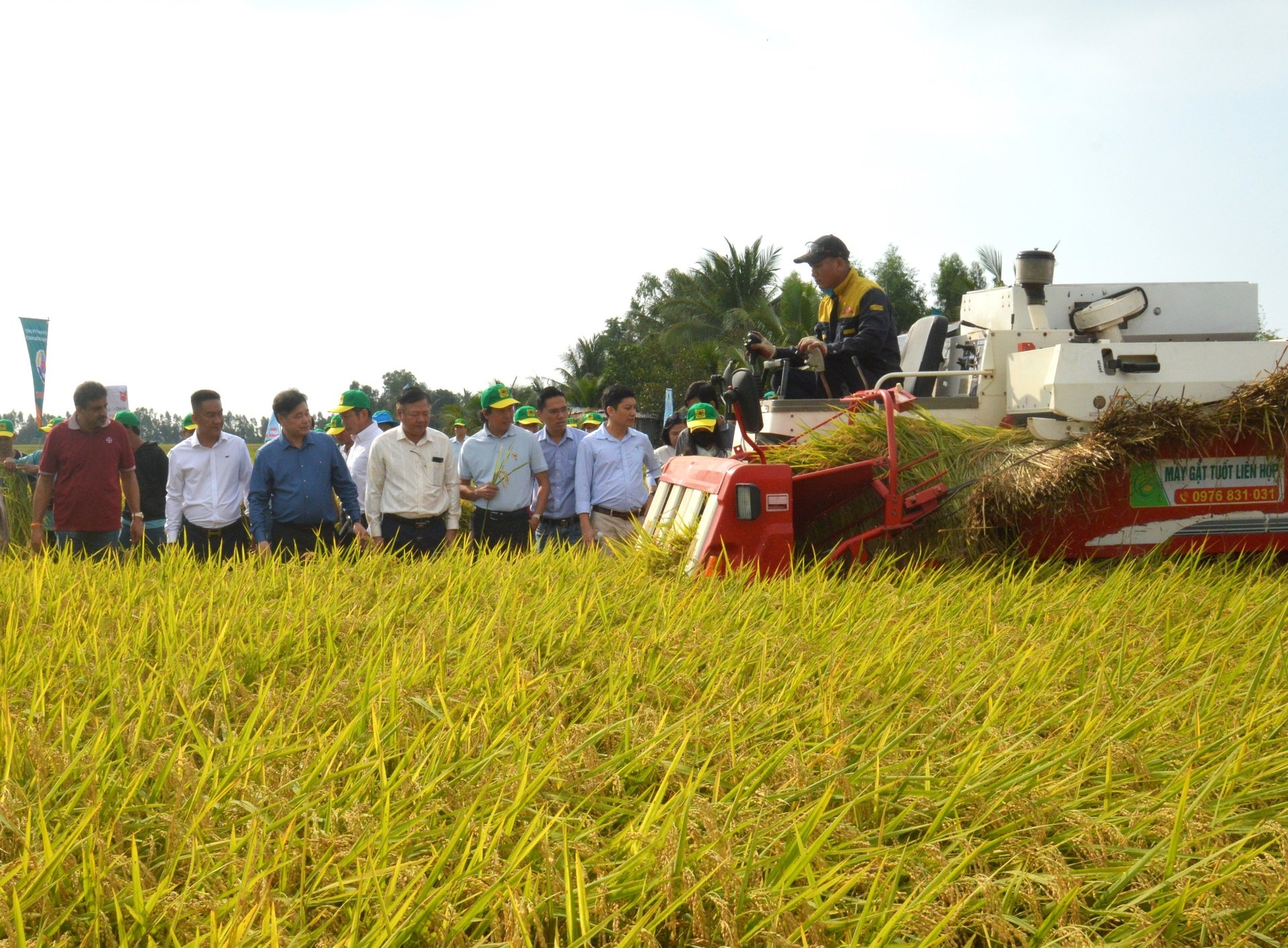
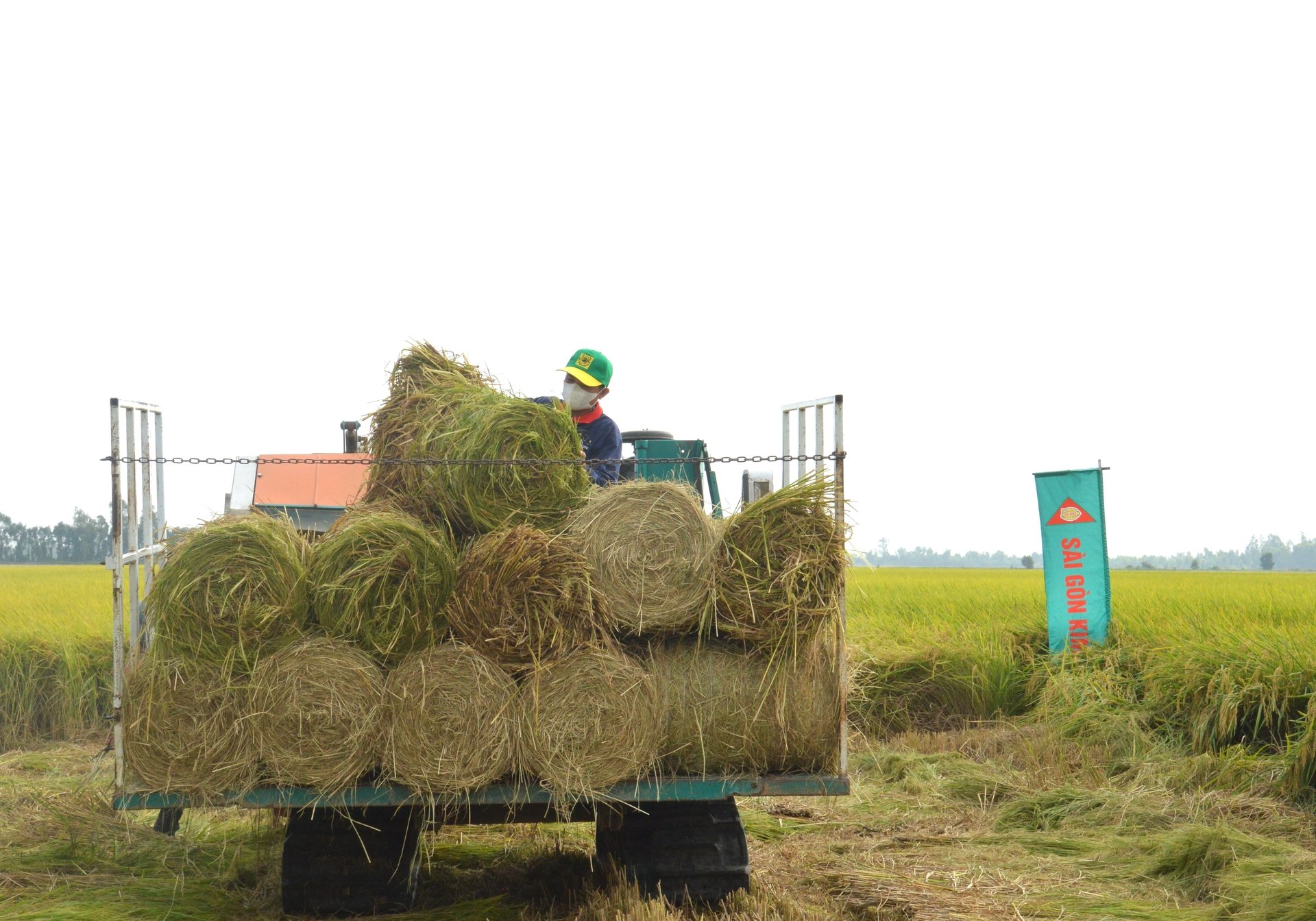
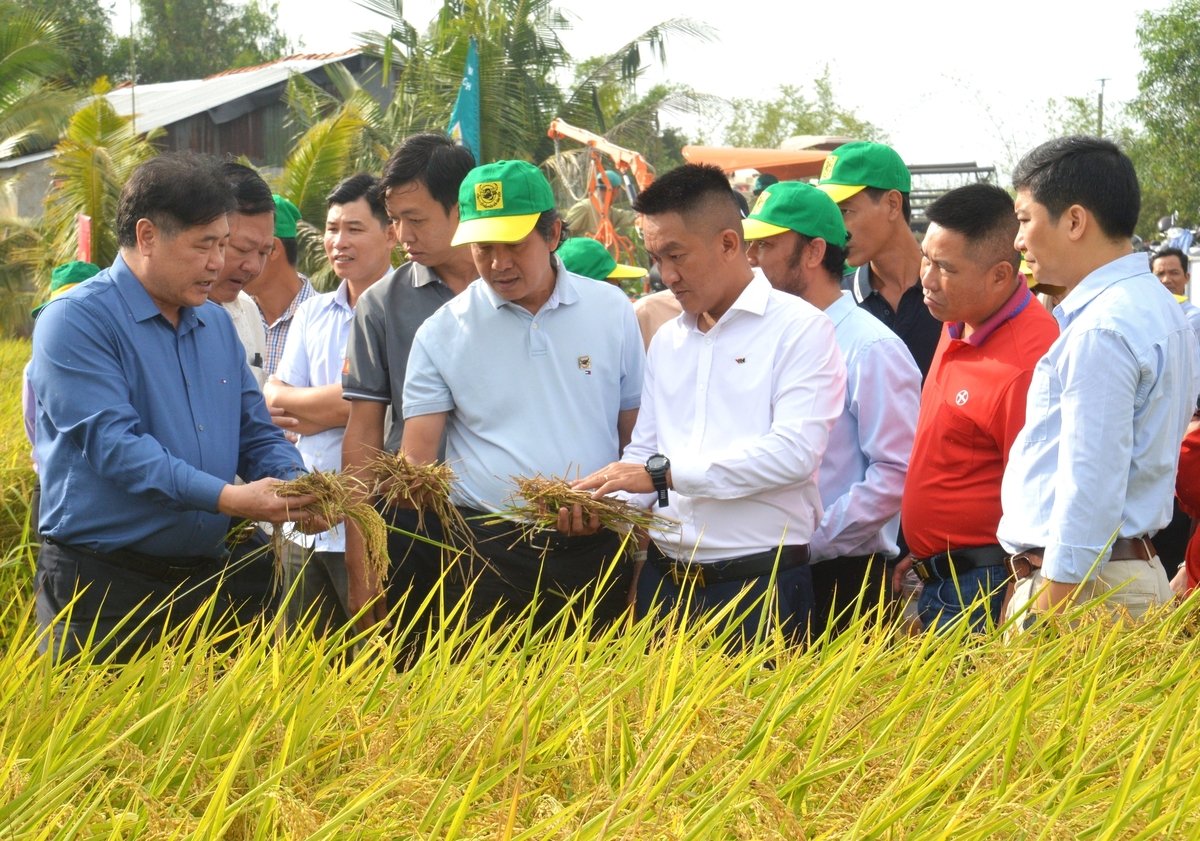
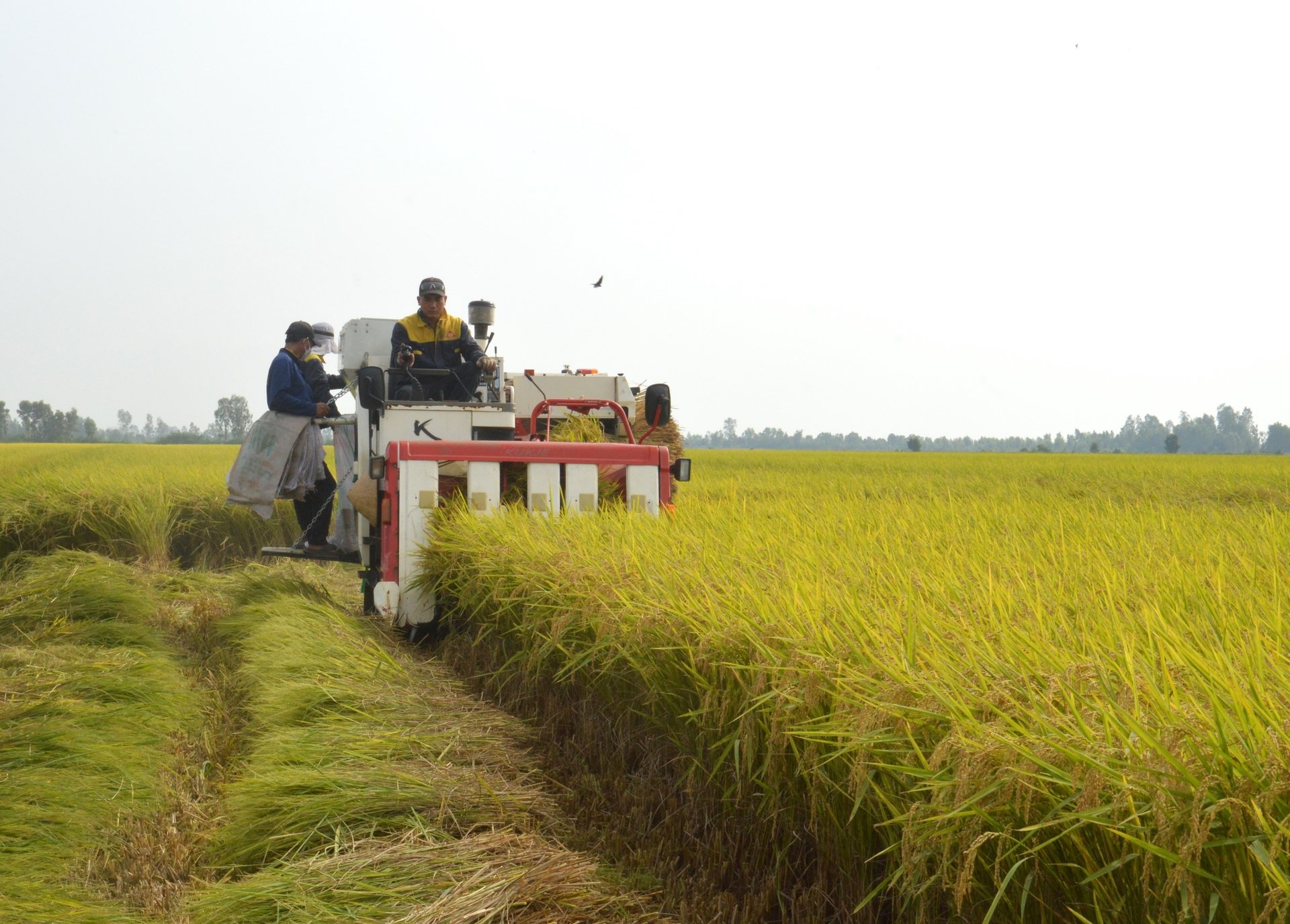

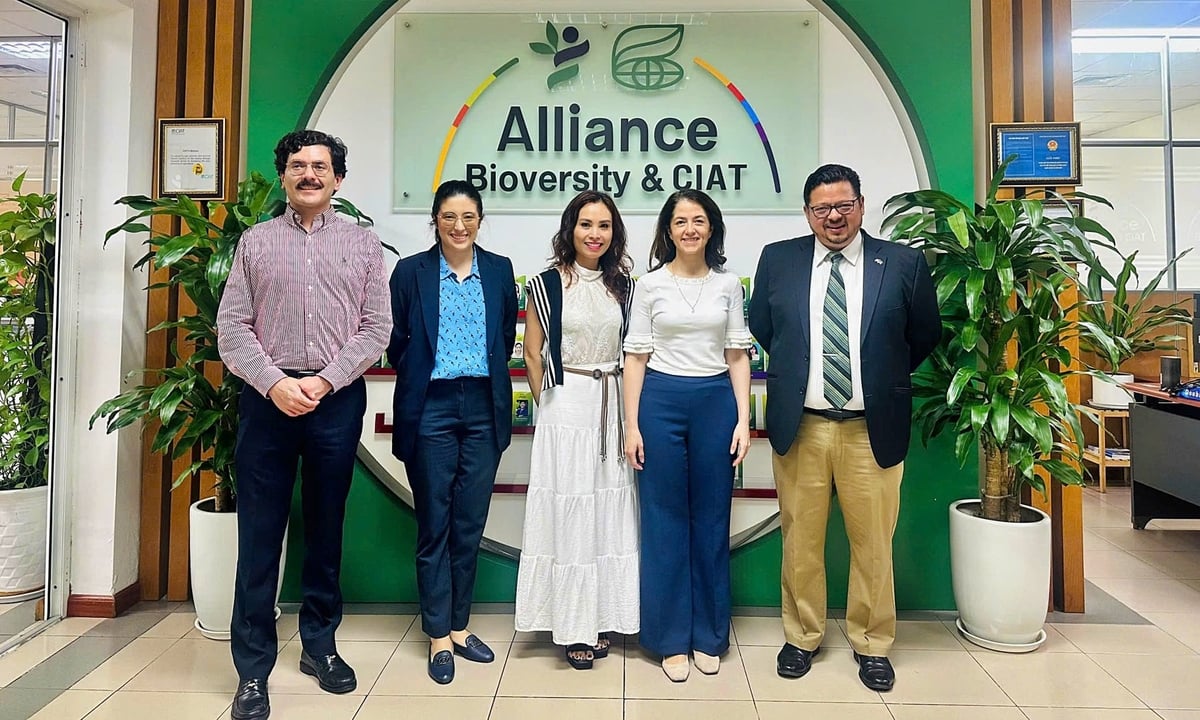

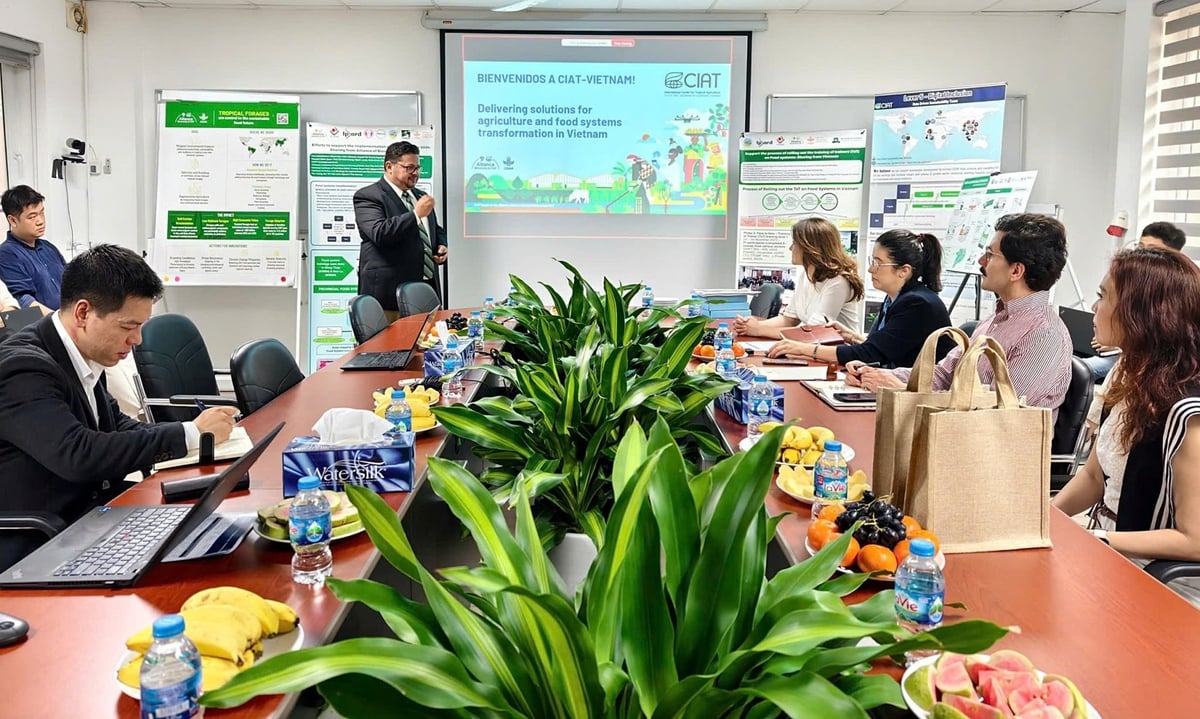

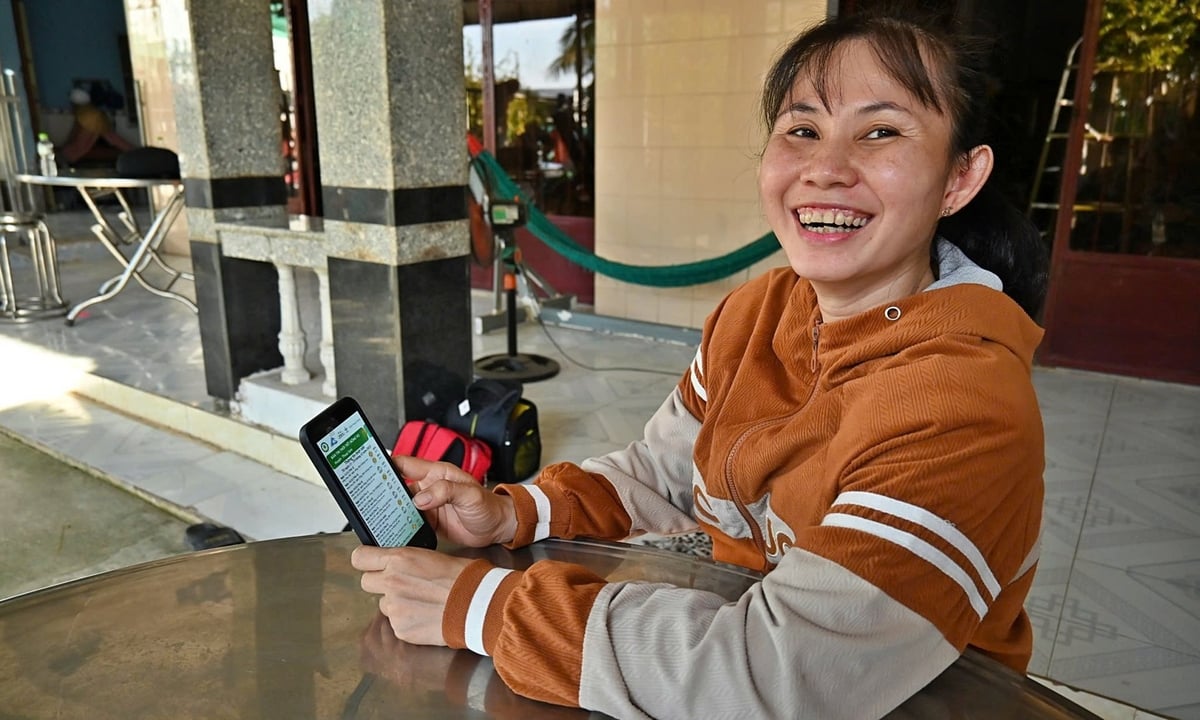
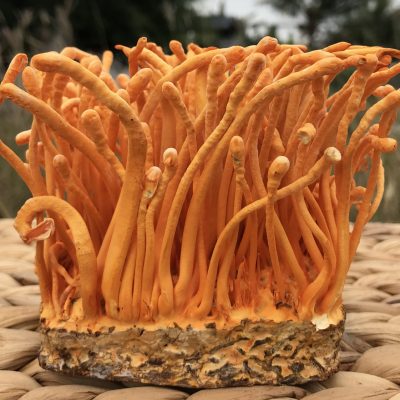
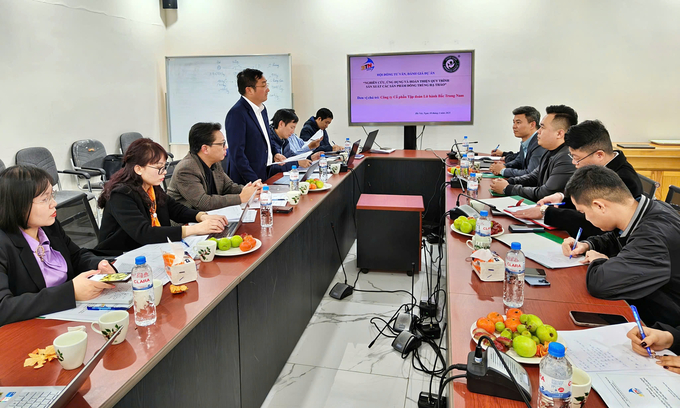
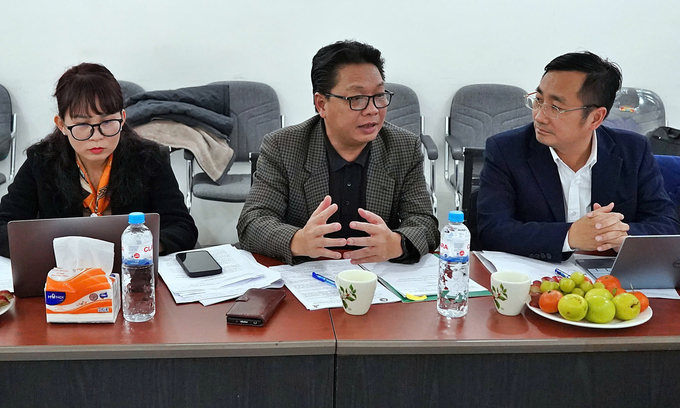

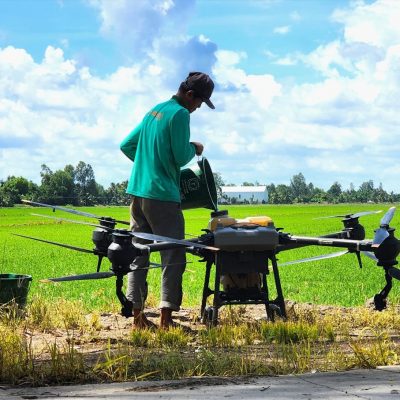



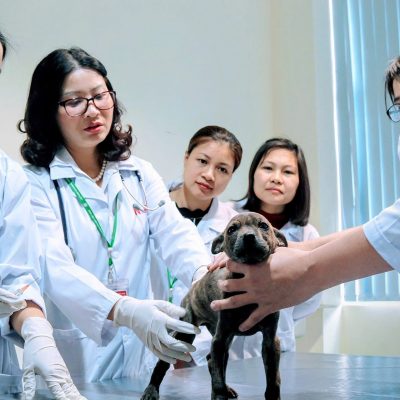
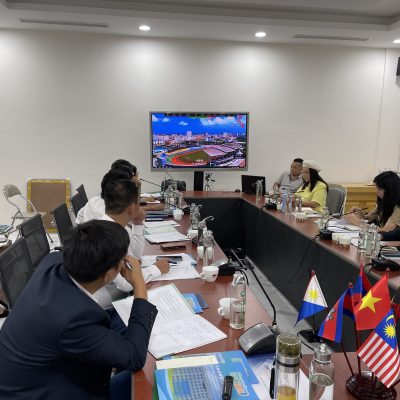
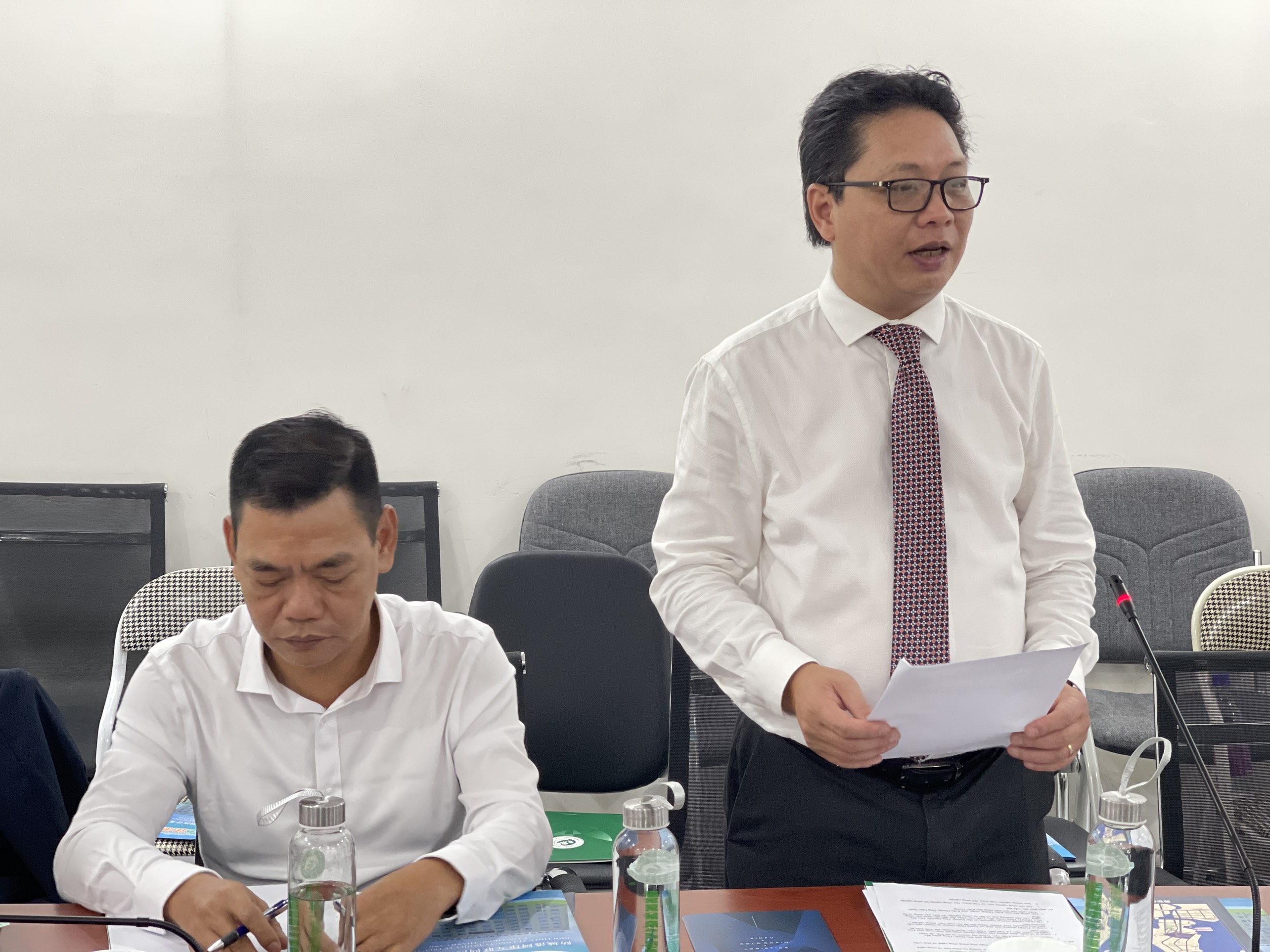 Mr. Pham Dinh Nam (Both the coffee replanting program as well as the processes), Director of Vietnam Institute of Agricultural Technology Application and Development (Vitad-Agri) opening speech at the conference
Mr. Pham Dinh Nam (Both the coffee replanting program as well as the processes), Director of Vietnam Institute of Agricultural Technology Application and Development (Vitad-Agri) opening speech at the conference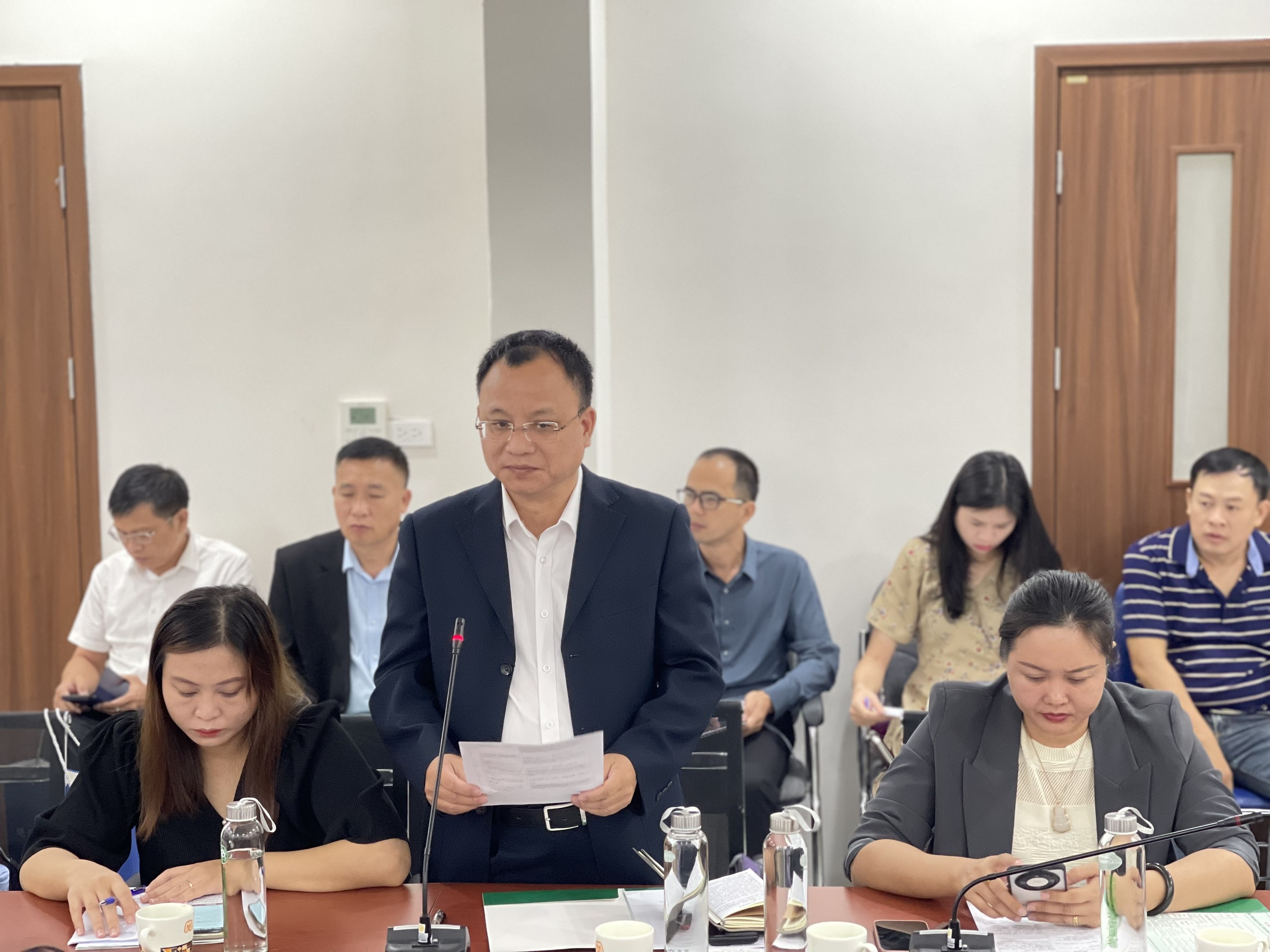 Mr. Chiem Duc Phuc (between), Vice Chairman of Fangcheng Port City Trade Promotion Committee, Vice President of the International Chamber of Commerce of Fangcheng Port City represented your side to speak
Mr. Chiem Duc Phuc (between), Vice Chairman of Fangcheng Port City Trade Promotion Committee, Vice President of the International Chamber of Commerce of Fangcheng Port City represented your side to speak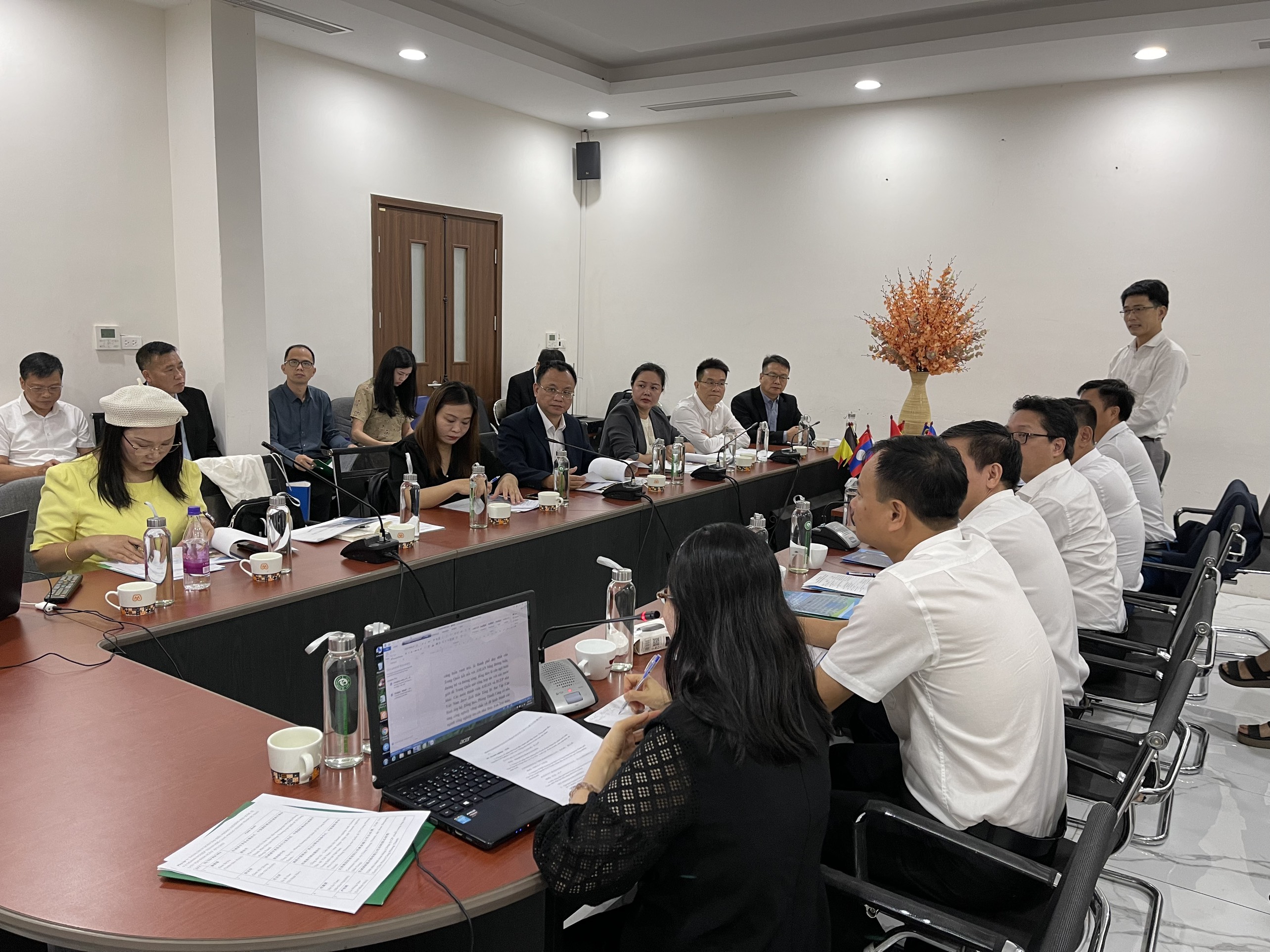 Businesses, Vietnamese companies want to cooperate to exploit the large Chinese market
Businesses, Vietnamese companies want to cooperate to exploit the large Chinese market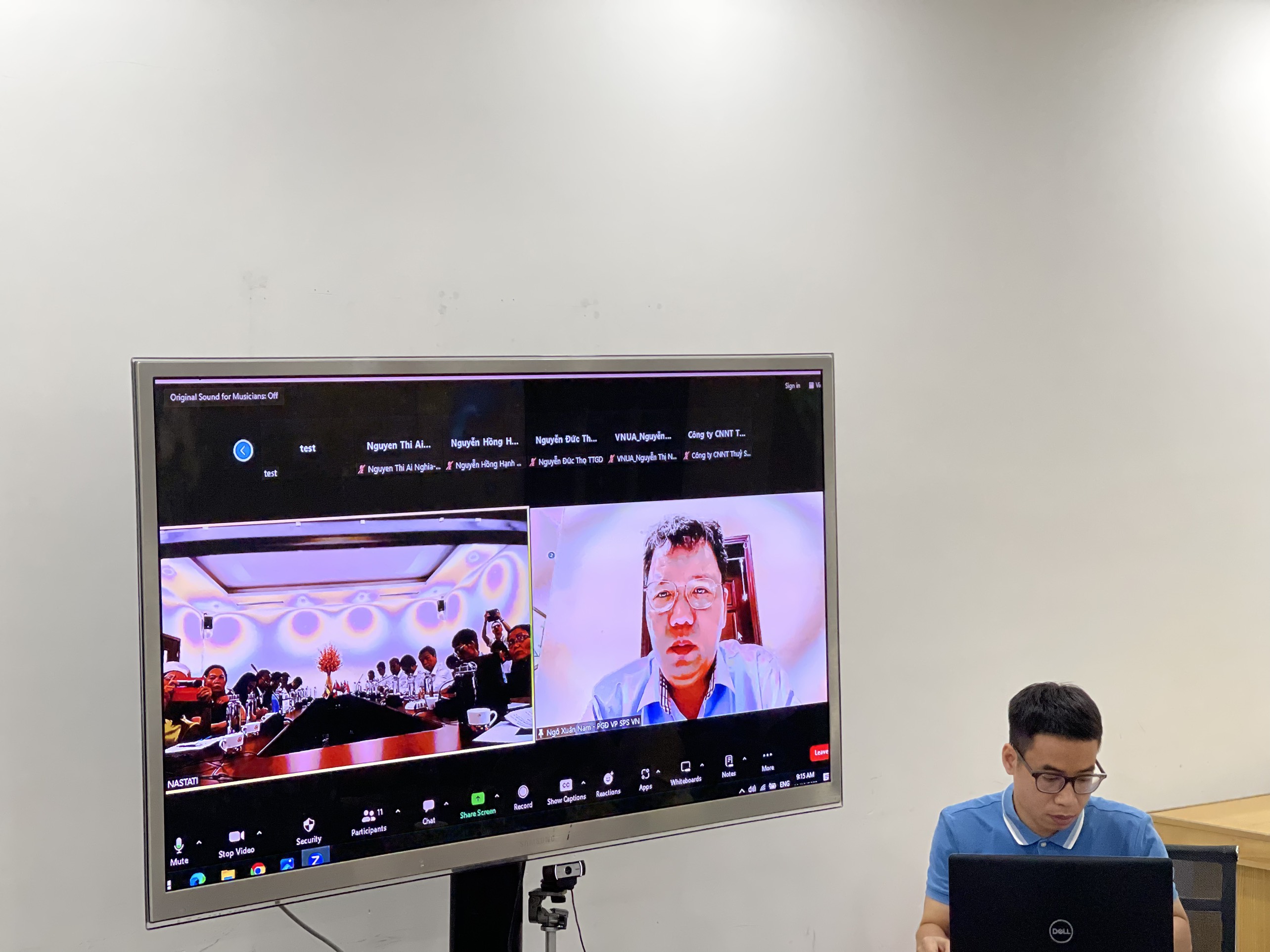 Dr. Ngo Van Nam, Deputy Director of SPS Vietnam office (Ministry of Agriculture&PTNT) Attend the Conference via online form
Dr. Ngo Van Nam, Deputy Director of SPS Vietnam office (Ministry of Agriculture&PTNT) Attend the Conference via online form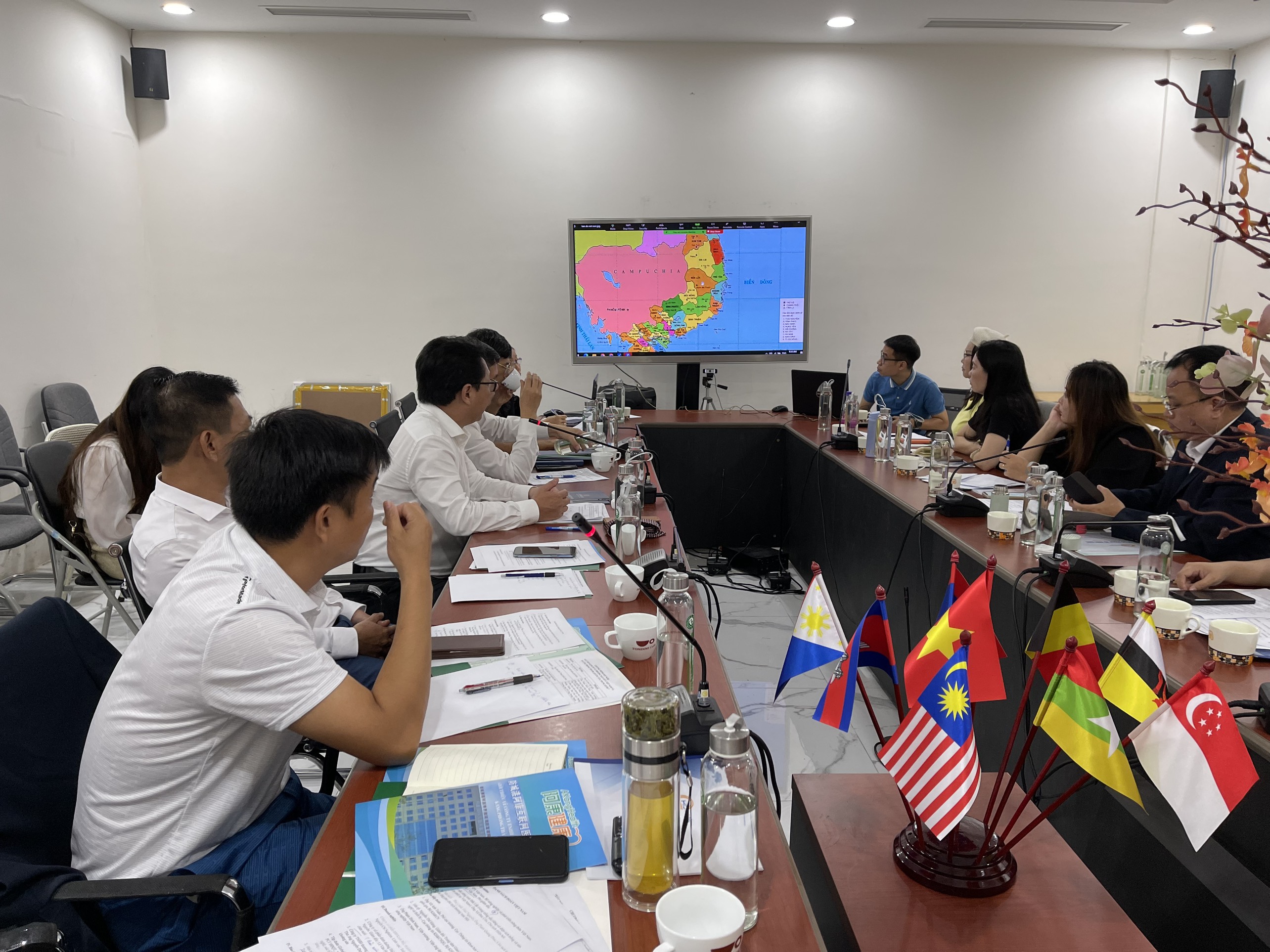 Chinese businesses are also very eager to cooperate with Vietnam
Chinese businesses are also very eager to cooperate with Vietnam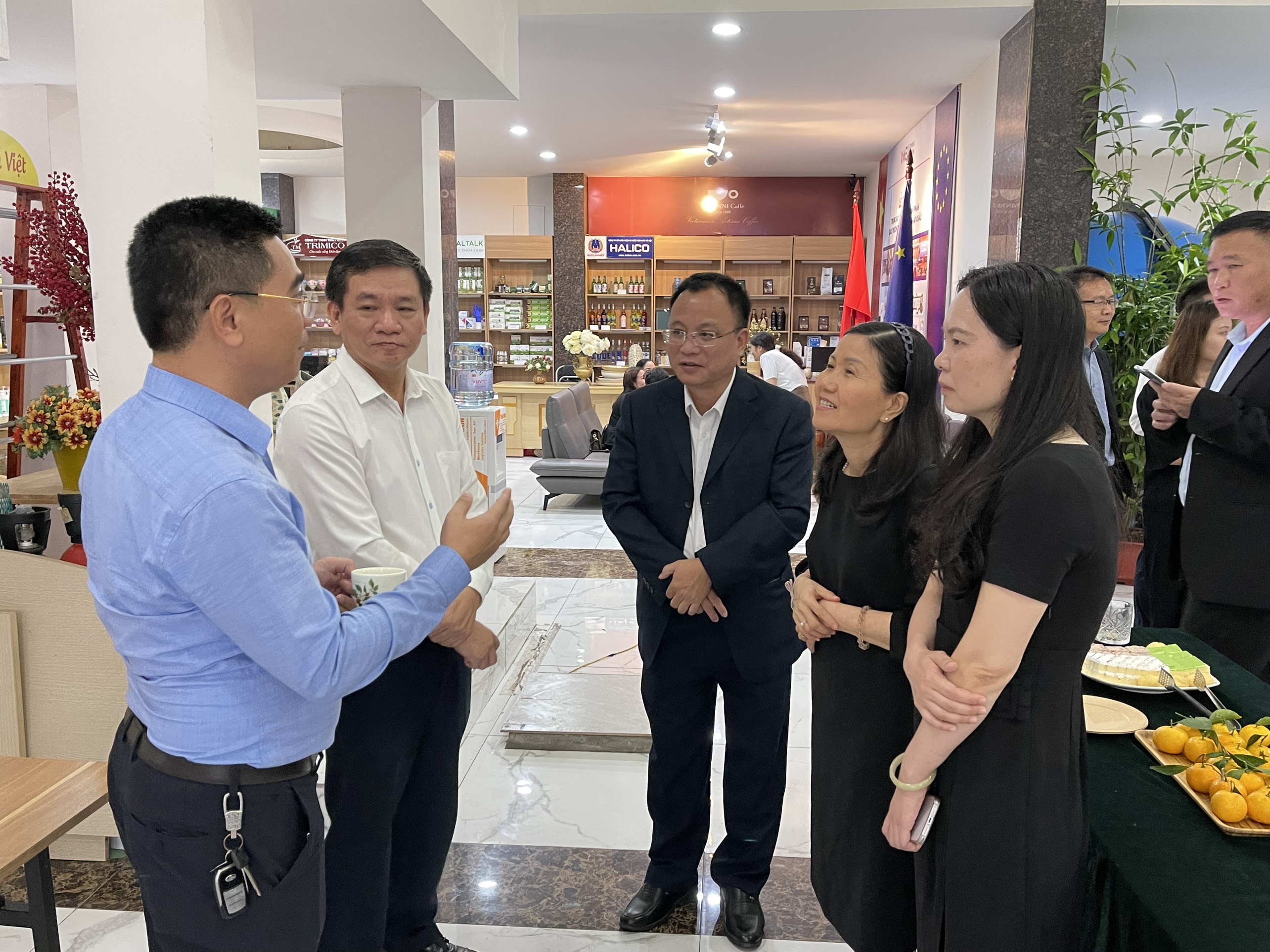 Delegates, Chinese enterprises discussed with Mr. Vu Anh Tuan (White shirt), Deputy Director of the National Department of Scientific and Technological Information (Ministry of Science and Technology&CN) on the sidelines of the conference hallway
Delegates, Chinese enterprises discussed with Mr. Vu Anh Tuan (White shirt), Deputy Director of the National Department of Scientific and Technological Information (Ministry of Science and Technology&CN) on the sidelines of the conference hallway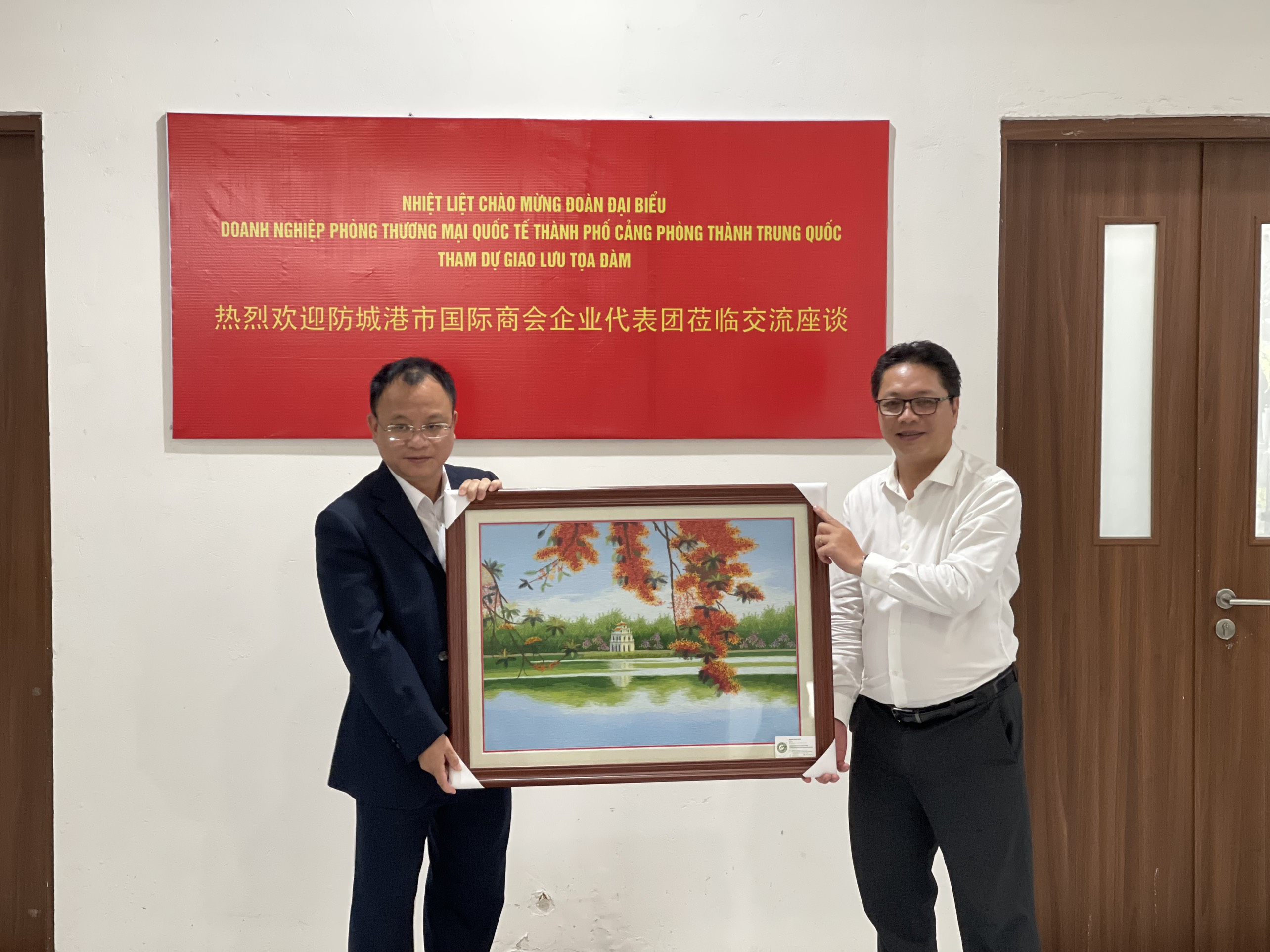 Mr. Pham Dinh Nam, Director of Vietnam Institute of Agricultural Technology Application and Development (Vitad-Agri) gave a souvenir to Mr. Chiem Duc Phuc, Vice Chairman of Cang Phong City Trade Promotion Committee, Vice Chairman of Fangcheng Port City International Chamber of Commerce
Mr. Pham Dinh Nam, Director of Vietnam Institute of Agricultural Technology Application and Development (Vitad-Agri) gave a souvenir to Mr. Chiem Duc Phuc, Vice Chairman of Cang Phong City Trade Promotion Committee, Vice Chairman of Fangcheng Port City International Chamber of Commerce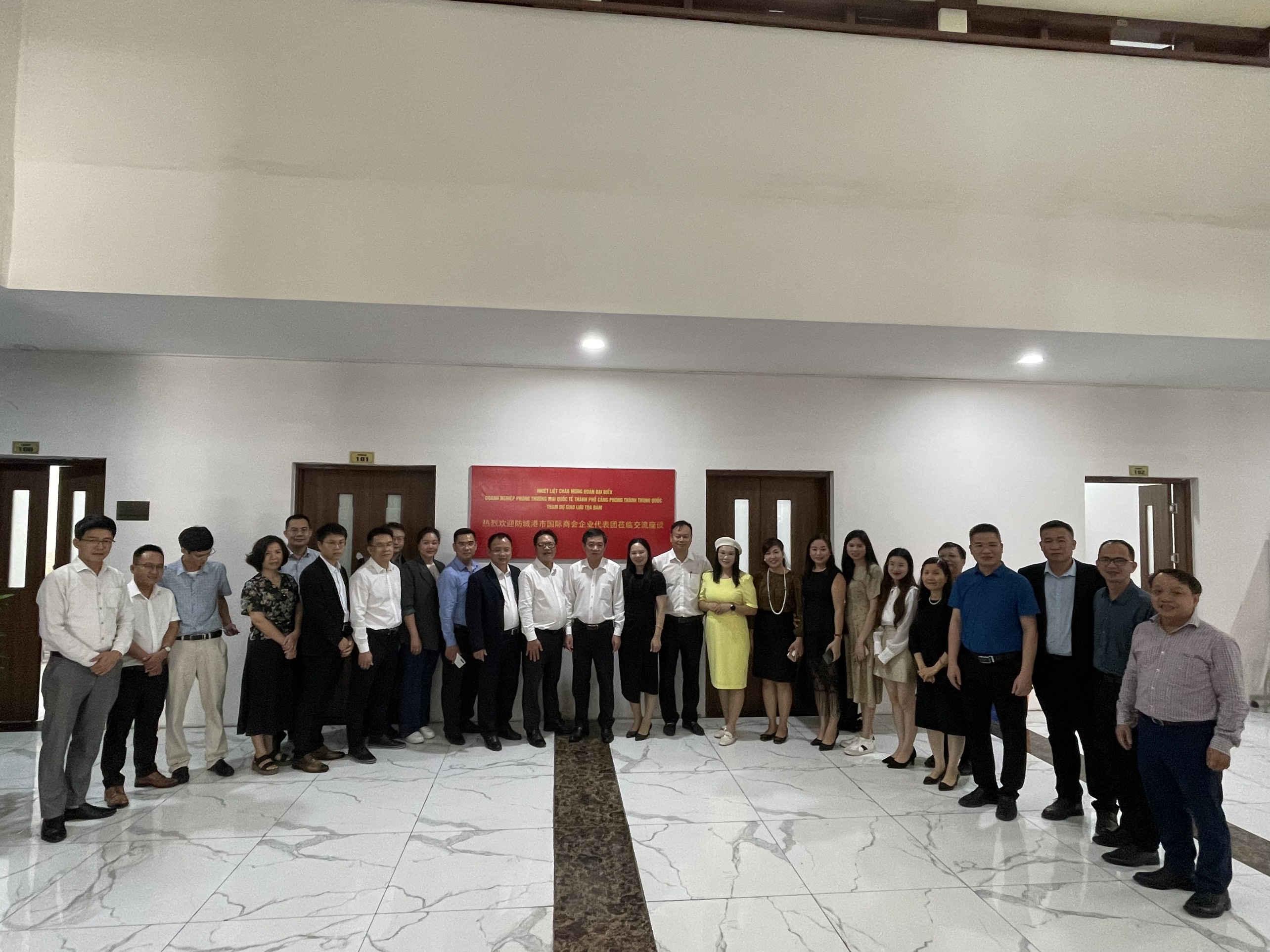 Delegates took commemorative photos
Delegates took commemorative photos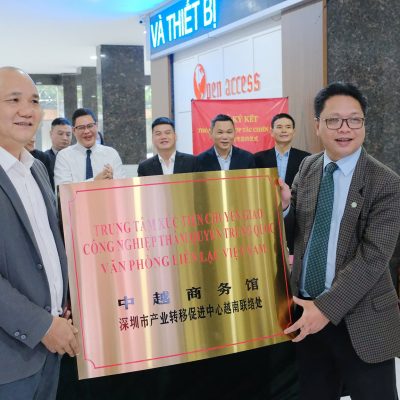
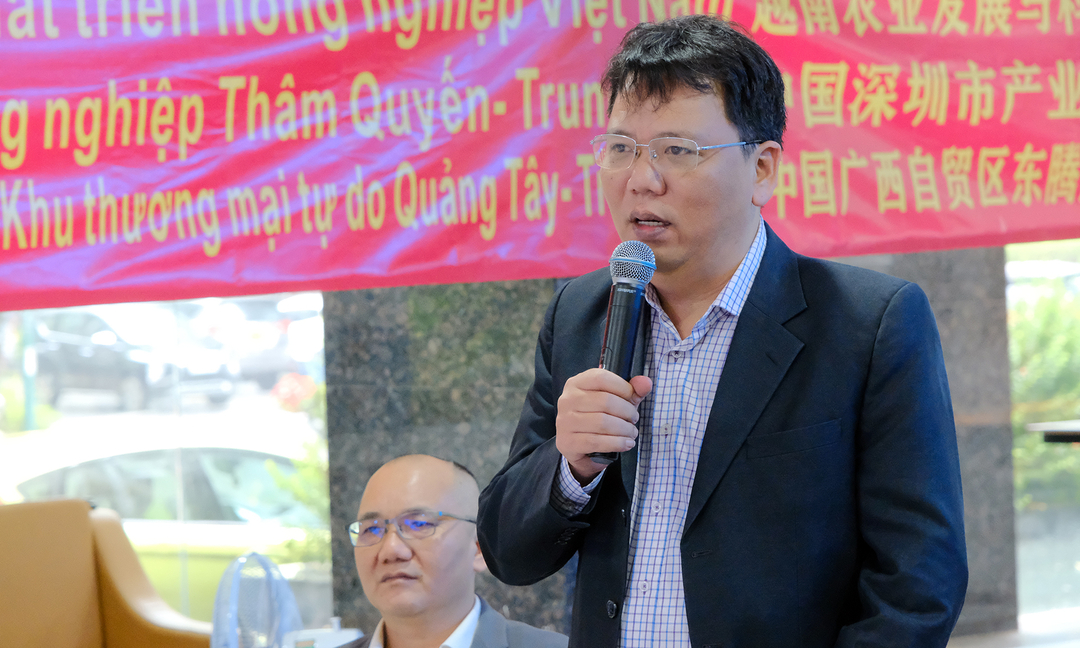

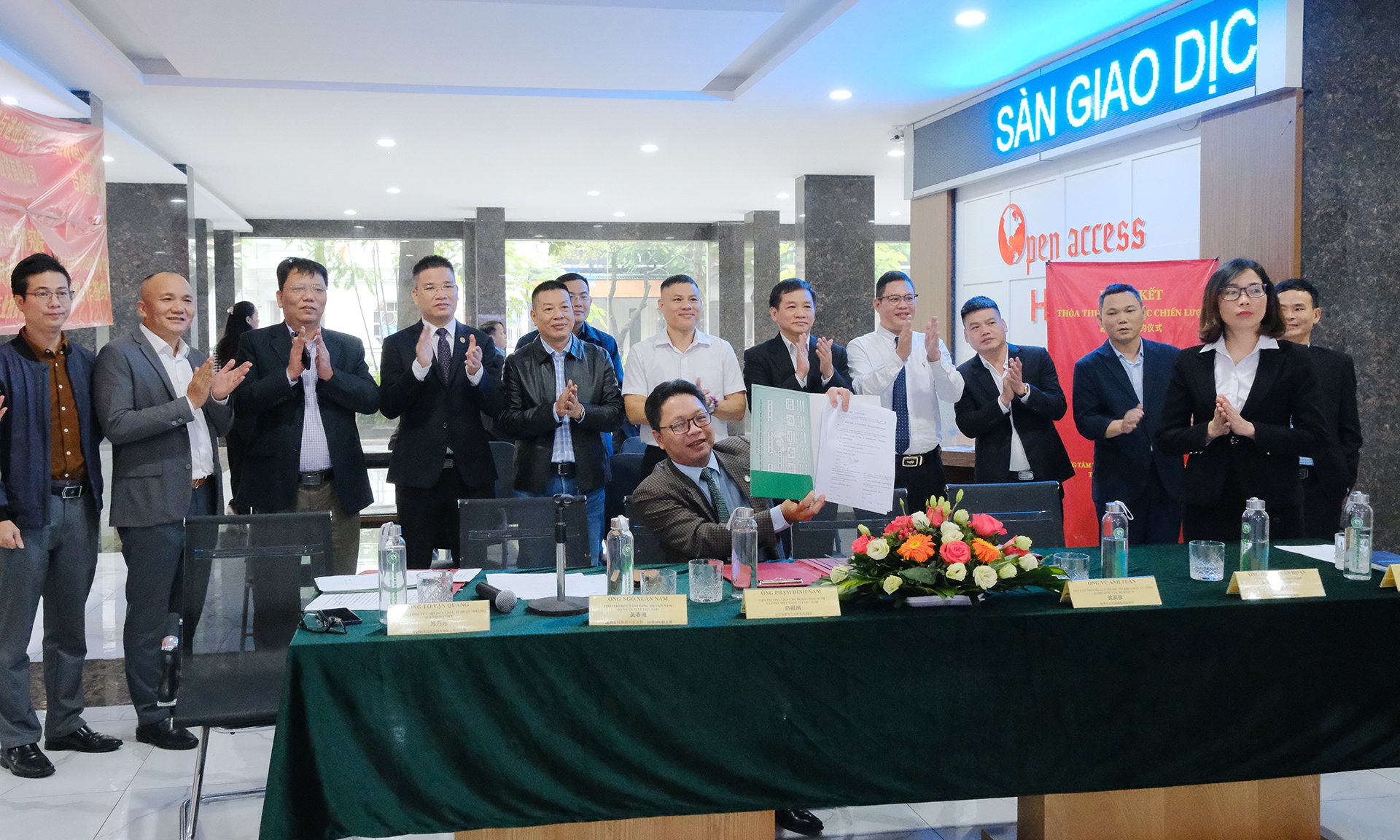
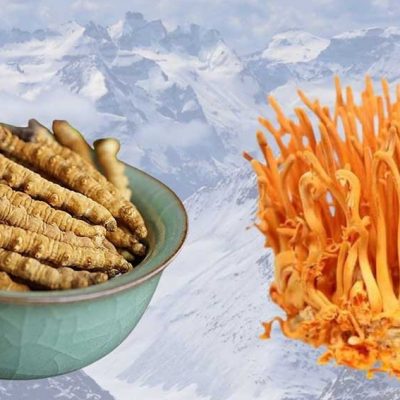
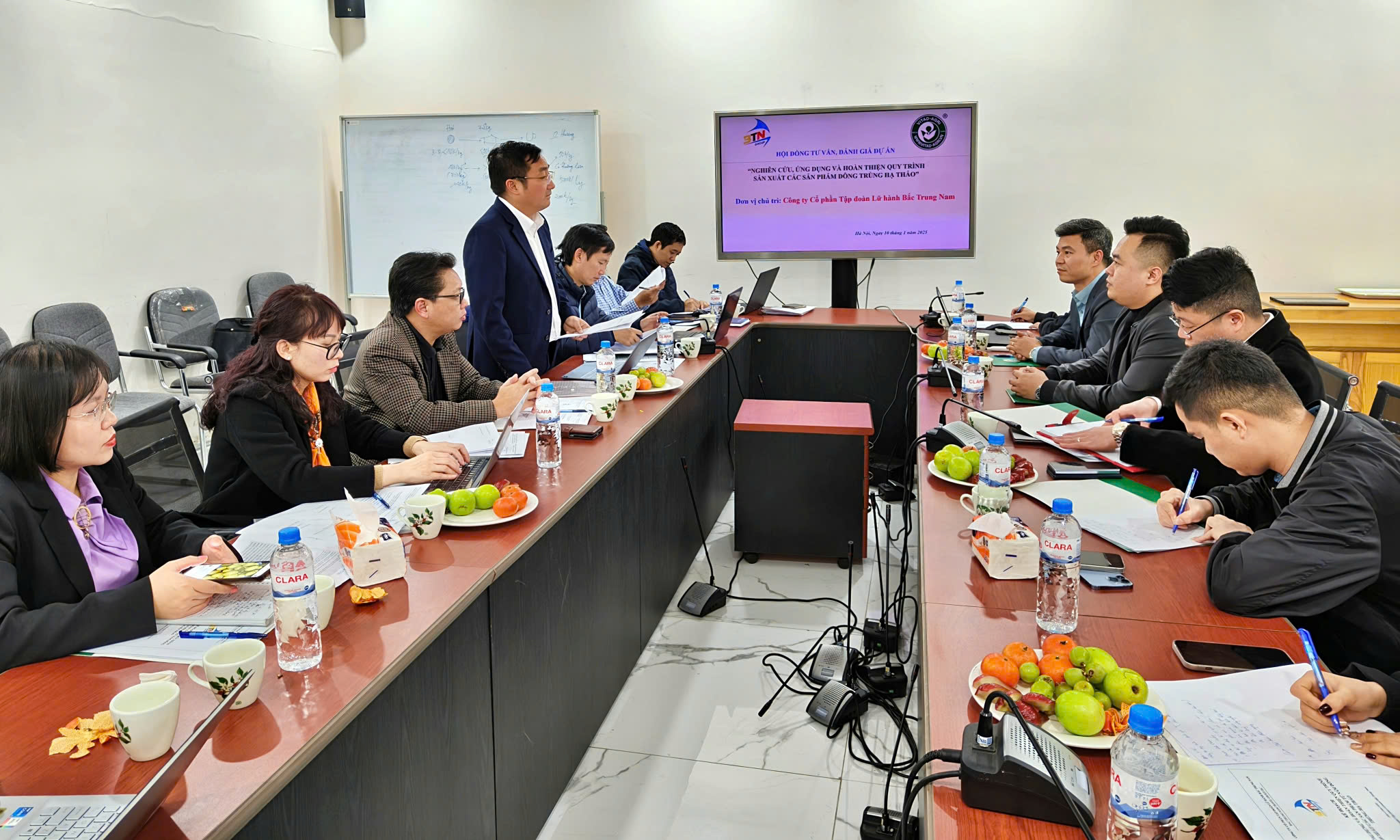 Science Council for Project Assessment Consulting “Study, Application and completion of the production process of cordyceps products”
Science Council for Project Assessment Consulting “Study, Application and completion of the production process of cordyceps products”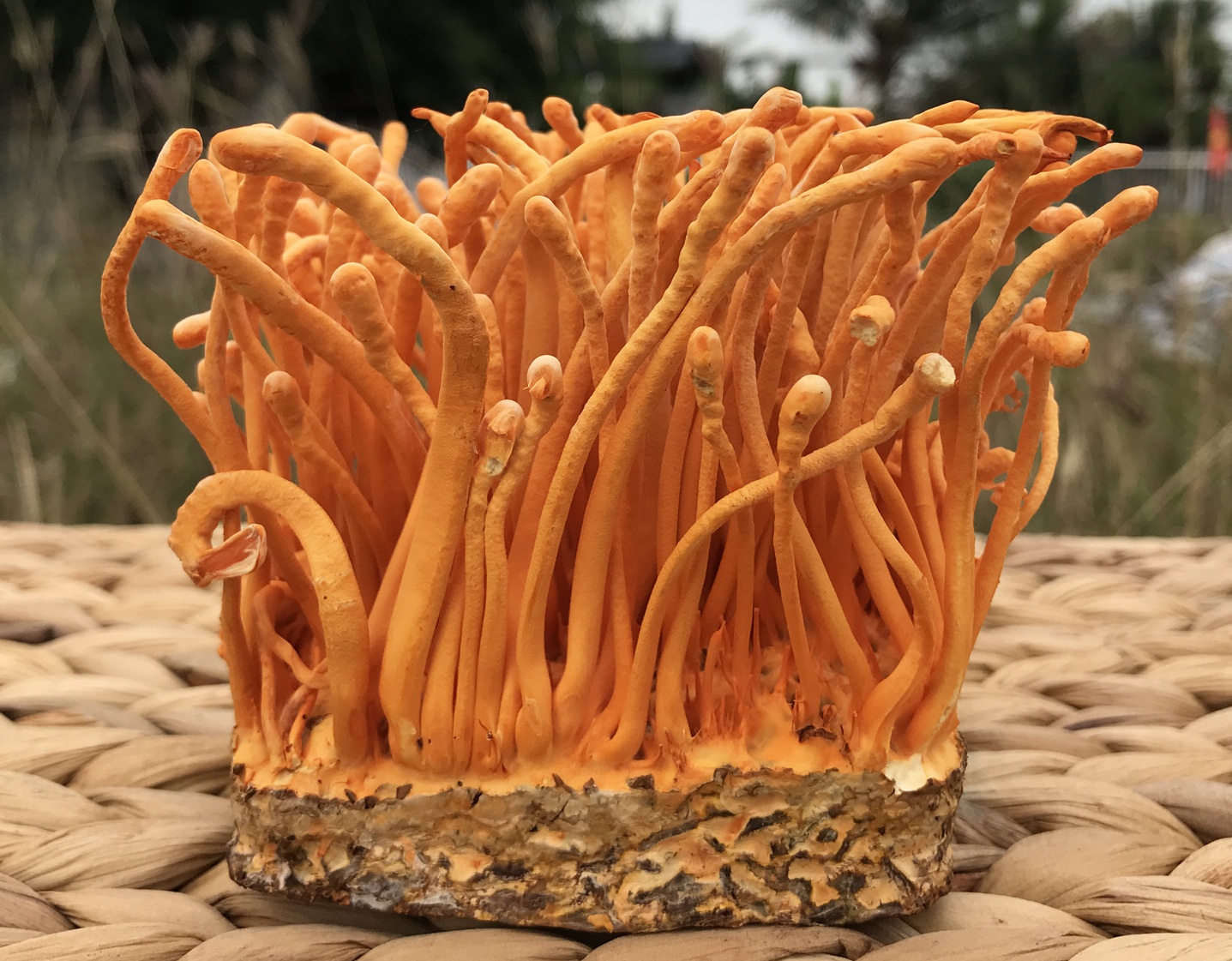 The quality of cordyceps is determined by the base
The quality of cordyceps is determined by the base 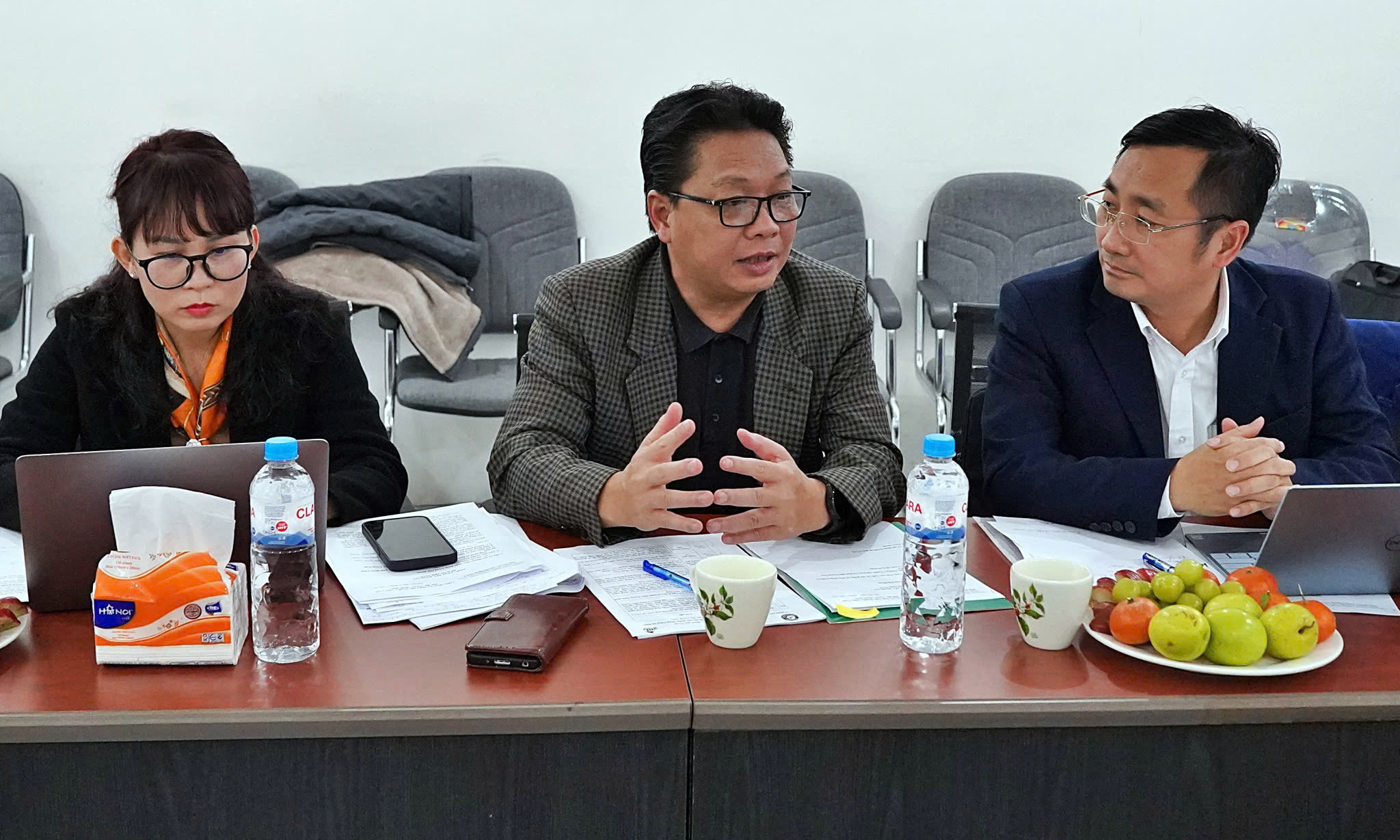 Dr. Pham Dinh Nam, Vitad-Agri Director (between) Speaking at the meeting
Dr. Pham Dinh Nam, Vitad-Agri Director (between) Speaking at the meeting Dr. Vu Van Sang, Agricultural expert reviews, Project consulting
Dr. Vu Van Sang, Agricultural expert reviews, Project consulting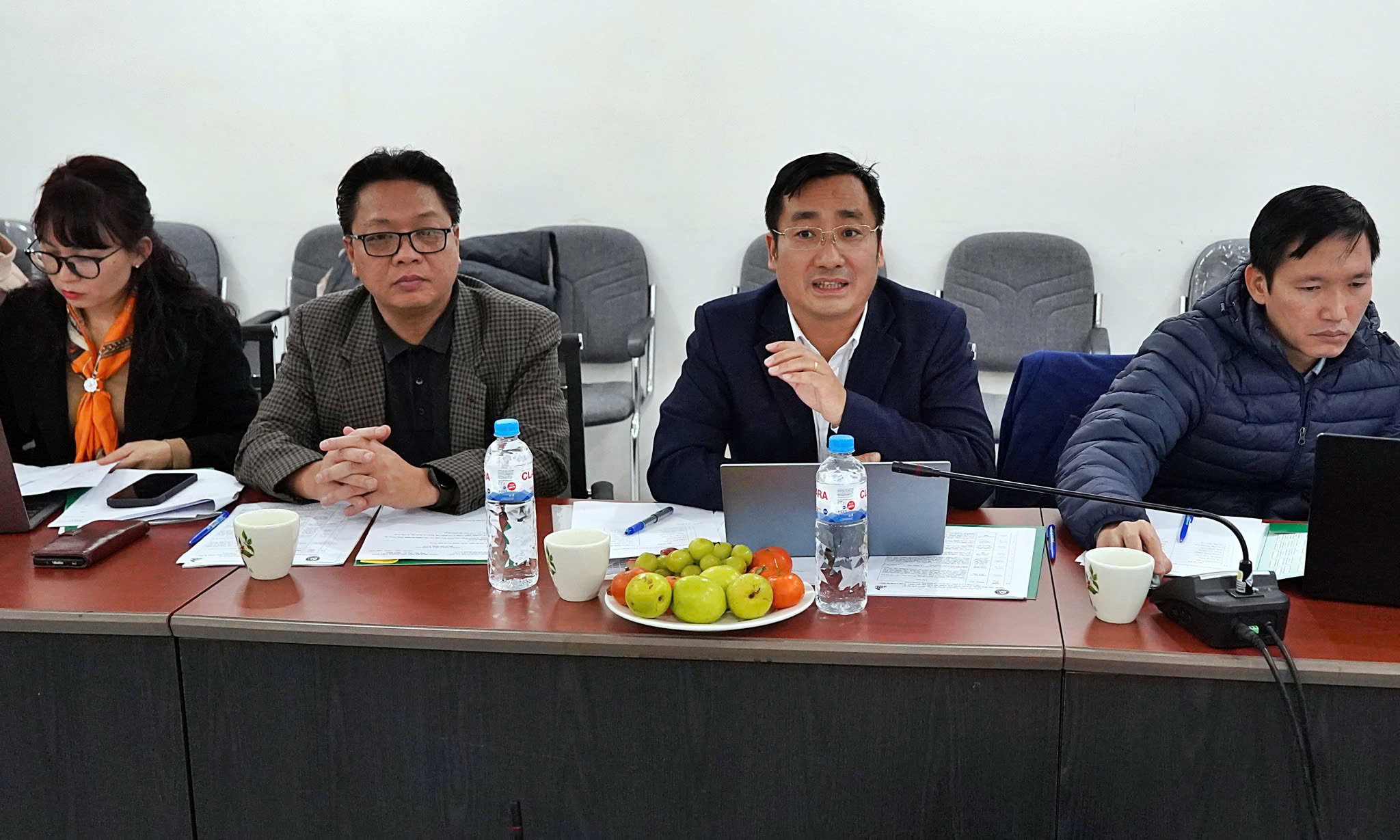 Assoc.Prof.Dr. Tran Manh Tri, Chairman of the Council (rank 2 From right to) Summary of experts' opinions
Assoc.Prof.Dr. Tran Manh Tri, Chairman of the Council (rank 2 From right to) Summary of experts' opinions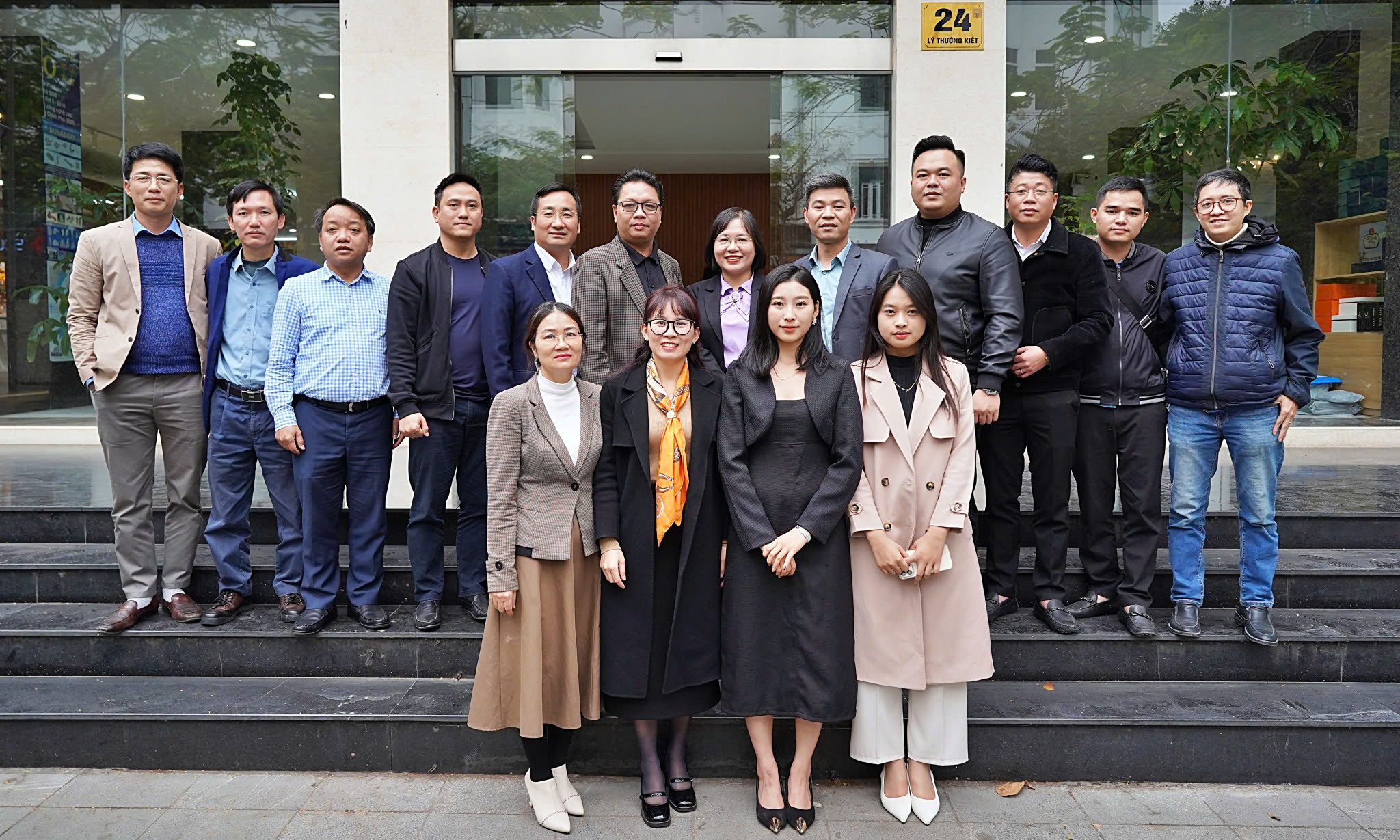 The Scientific Council is committed to accompanying the North -Central Academy Group Joint Stock Company to implement the project
The Scientific Council is committed to accompanying the North -Central Academy Group Joint Stock Company to implement the project 

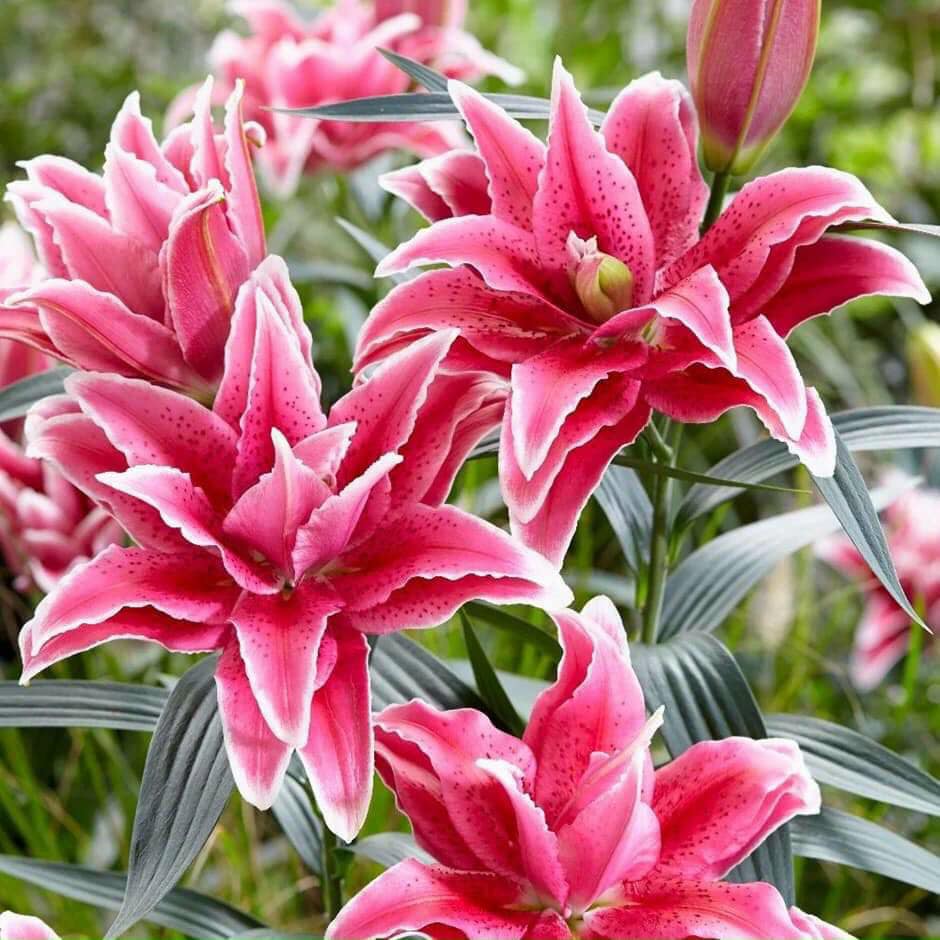 Lily double with many layers of petals
Lily double with many layers of petals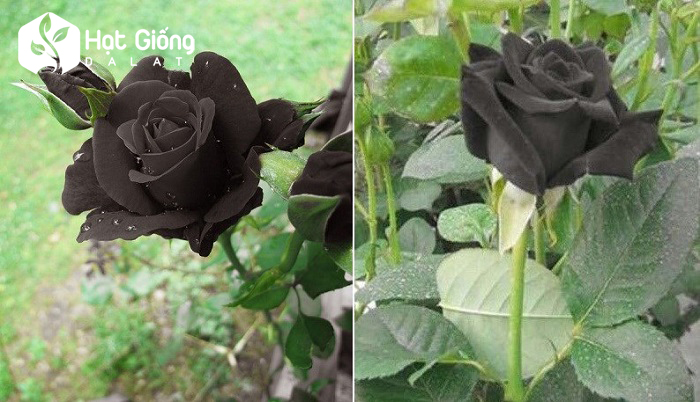
 Blue/purple roses
Blue/purple roses
